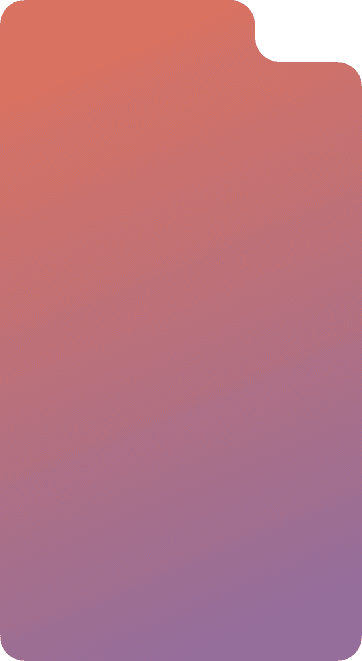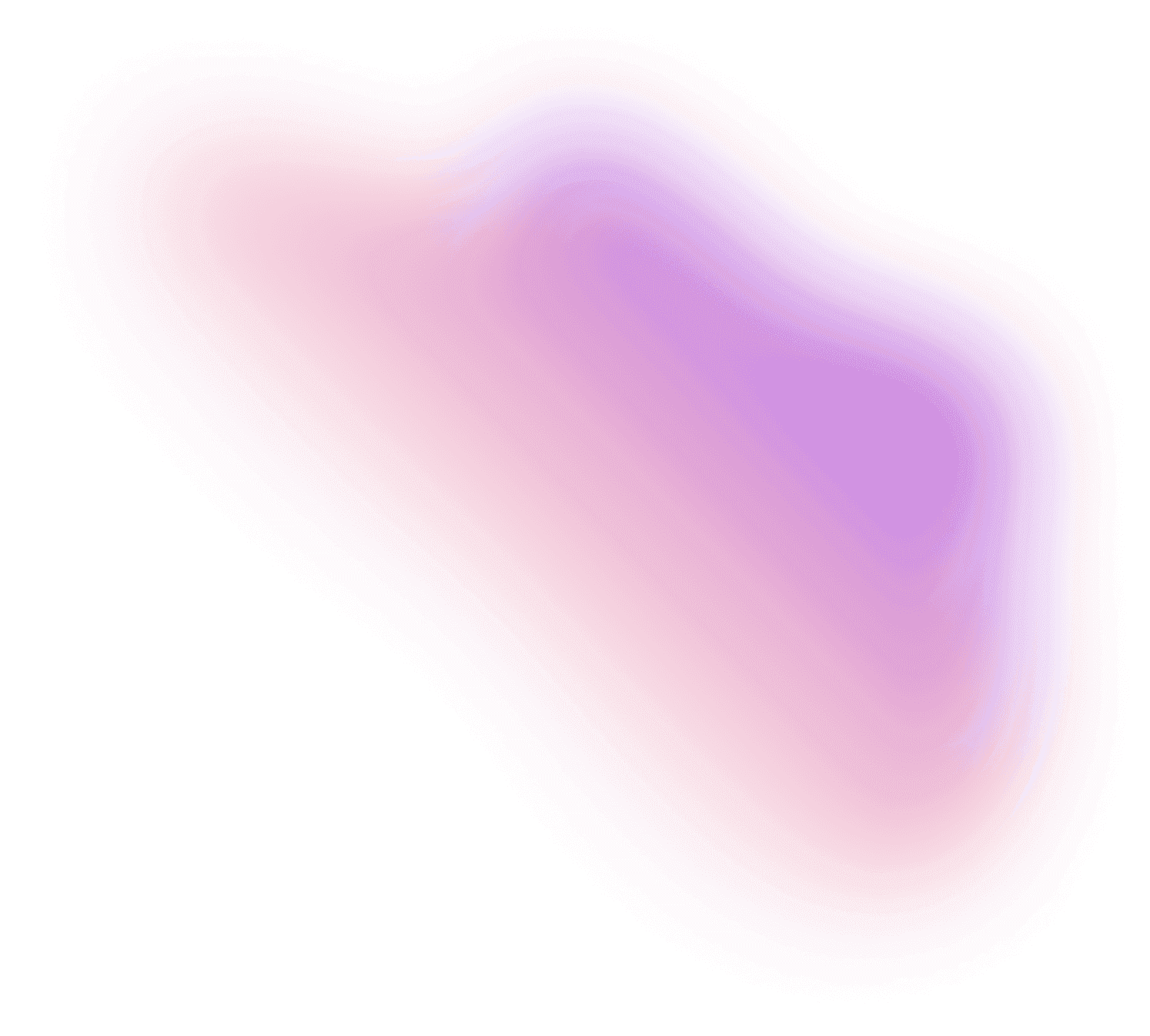The Secret Sauce For Lead Generation Through Landing Pages
A landing page is a core component of Digital Marketing. A landing page as the name itself defines is a page a customer lands on. It’s different from a homepage as it takes the user to a specific page and a lot focused. It’s a page where you’ll find your answer to your question. If the user finds out that your content serves the purpose, and meets his/her need, then everything falls into the right place, thereby converting the user into your valuable customer. You can never get away without creating a landing page because that’s the main source of lead generation. The leads can be generated in the forms of eBooks, contest entries, webinars… NAME THEM!
- The user gives in his/her details, and in return, you offer them all that we just mentioned (eBooks, Webinars, free trials, and so on). It’s not necessary you’ve to create just one landing page, you can even create multiple landing pages, catering to the needs of the segmented audience accordingly.
- The importance of a landing page lies in guiding the prospects and the visitors on the right path and allowing them to take specific actions. If you direct them to the homepage, then they would focus on reading the company history or going through the blogs. Well, that’s a good engagement too, but the question is, is that what you want? No! In this process, you might lose a new lead.
While creating a landing page, you should ensure all the distractions are removed. Not clear yet? Let’s take a look at the following:
- A site navigation tab
- Social Media icons
- Internal Links
- Related offers on a single landing page
Now when you see the points above, you’ll wonder, how can they ever become roadblocks for lead generation, because they’re vital ingredients of a website. That’s true certainly! But the fact is that they can appear as distractions, causing friction thereby blocking leads in the form of conversions and contact information from coming in.
Types of Landing Pages
1.Lead Capture Page
A lead capture page is a type of landing page that’s used universally. A lead capture page works on the “ask” and “reward” basis. Keeping a good balance between these 2 elements is a vital task.
- The “ask” factor focuses on the lead capture forms
- The “reward” factor brings you offers in return.
Rewards should be linked with “ask”. Please note that you shouldn’t add extensive fields on the top until and unless the visitor enters the marketing funnel. However, once you collect the basic information, you can then create the long capture fields to learn if he/she is interested in your product or not. What makes a lead capture page different is its capability to invite new leads via forms.
2.Sales Pages
Designing a sales page can be a challenging task as the motive over here is not just to bring in leads, but to persuade people to buy. A sales page always appears at the bottom of the funnel. The creation of a sales page requires great care as it’s all about understanding the customer’s needs and preferences at this point. The length of a sales page is either short or long. It’s highly dependent on the kinds of products/services you render. What matters the most is, to be loud and clear about the product and how this particular product/service is going to resolve the pain points of the audience in general.
3.Squeeze Page
A Squeeze Page, unlike other landing pages, is short, crisp, and to the point. These pages are usually located at the top of the sales funnel and they collect information like email addresses and adds them into the mailing list. The Call-To-Action will give a clear picture to the visitors on what they’ll expect if they clicked it. In short, it’s a short form page that asks for your email ID and then leads you to the marketing funnel. Examples of Squeeze pages are :
- A CTA Button
- A short form that requests email addresses
- A privacy policy link
- An exit button
4.404 Page
You must be wondering, hold on a second! Isn’t a 404 page an error page. Well yes, you’re right! What you don’t know is that it’s a route that leads a lost customer to a world of exploration. A 404 Page can be used as a platform to voice your brand through an engaging element. An article stated how IMDB started featuring a series of movie quotes when an error page appeared, notifying the visitor that he/she has reached the wrong page through a tinge of humor and thereby indirectly linking them to the homepage, therefore uplifting the brand.
5.Thank You Page
A Thank You Page and a lead is a match made in lead gen heaven. Once a visitor fills out a form, he/she is redirected to a thank you page. There’re various ways. You can provide add-ons like engaging content, offers on other products.
7 Must Haves In a Landing Page That’ll Bring You High Conversions
1. A Catchy Headline
A Landing Page with an enticing heading is what marks an impression initially in the minds of the visitors. A headline can either make or break an impression and It’s the first thing that captivates a visitor before going ahead with the content. The ultimate goal of a headline is to give the audience a better insight into the content beneath the sales copy. The headline must speak volumes of what you’ve got to offer.
2. A Promising Subheading
A subheading that’s compelling and promising gets the audience latched to it as it tells a visitor what’s in store for them once they sign up! An effective strategy put in place can make the customers wonder if anything as such is possible, that’s where the sales copy and the social proof comes into picture. The subheading should be put across in such a way, that makes the audience yearn to learn more from the sales page.
3. Social Proof: The Trust Factor
A social proof symbolizes trust. It’s very important to note that you should never give the sales page a green signal until and unless it has a social proof.
Here are some powerful social proof statistics that has improved Online sales:
- 87% of buying decisions are based on Online research
- An average person reads 10 reviews before making a purchase
- 88% of Customers go for online reviews rather than personal recommendations
- 92% of people trust friends recommendation
- To trust a business’s rating, a buyer goes through around 40 reviews
4. Storytelling In a Sales Copy/ Video
You’ve captivated the audience through a catchy headline, a promising subheading, and making decisions based on reviews and research. But the work doesn’t end there. The essence of a sales copy or a video lies in the narration. The storytelling concept in content is what’s needed the most as it gives a sense of trust and quality. For example, a testimonial video that narrates the pain points of a customer and then introducing your product/service that becomes a savior for all.
5. A Clear-Cut CTA
Every Landing Page should have a single clear-cut CTA that gives a clear picture to the audience about what happens next after a click. It’s not about using pop colors for your CTA icon, but more about being factual, relevant, and conveying what would happen once they click the icon. Some of the CTA icons that build curiosity are, “Find out more”, “Learn more”, “Take the first step”, etc. Always ensure that the CTAs are closely related to what the audience wants.
6. The Brand Design
The Brand Design speaks volumes about a business. It symbolizes quality and standard. When a customer visits your website, they expect to see a visually appealing design and presentation just like they imagined. To be precise, it’s the logo on the page, the color contrasts, font style, etc. If these elements appear vague, then it would take a split second for visitors to call it quits. So it’s extremely important to mold in the business uniqueness in the colors, fonts, and logos, thereby elevating the brand personality and quality.
7. Risk Reversal
This is the final stage that gauges the expectations of the customers. After following all the essentials stated above, the most important question pops up. “What will it cost and will it be worth to give it a shot”
Customers expect an equal amount of verification and quality in a product/service just as you showcased it through a captivating title and social proofs. Here, we’re keeping it fair and square in front of the customer in terms of “14-day trials”, “30-Day money-back guarantee”, “Free returns, etc. Using these kinds of risk reversals on a landing page is highly dependent on the kind of products you’re trying to sell.
To get an in-depth understanding of the best practices on Landing pages, click here: https://www.clickfunnels.com/blog/landing-page-best-practices/
Disclaimer: Honeycomb Creative Support and its brands make no representations or warranties about the accuracy or suitability of any information in the webinars, blogs, articles, handouts, presentation documents, and recordings; all such content is provided to email recipients on an “as is” basis. Honeycomb Creative Support (P) Ltd, and Its brands. HEREBY DISCLAIMS ALL WARRANTIES and Conditions Express Implied Statutory or Otherwise REGARDING THE CONTENTS OF THESE MATERIALS, INCLUDING WITHOUT LIMITATION ALL WARRANTIES OF TITLE, NON-INFRINGEMENT, MERCHANTABILITY, AND FITNESS FOR A PARTICULAR PURPOSE. Honeycomb Creative Support (P) Ltd, and Its brands, is not liable for any claims, losses, or damages of any kind arising out of or in any way related to this information provided.






